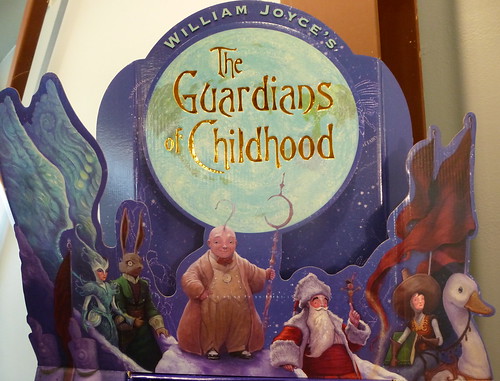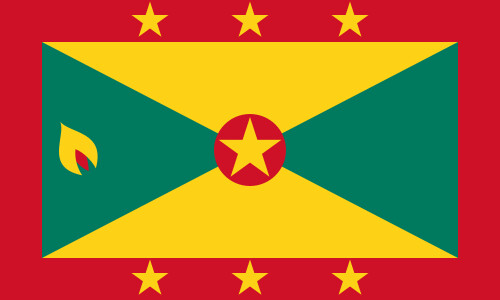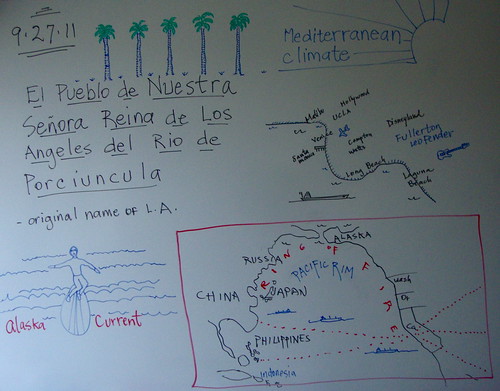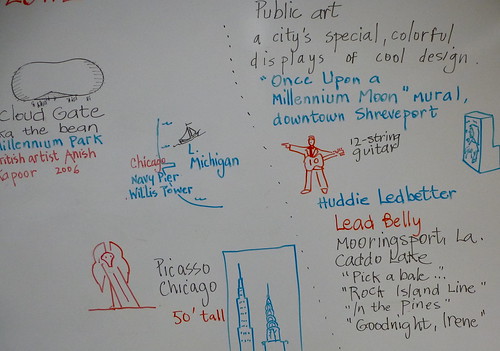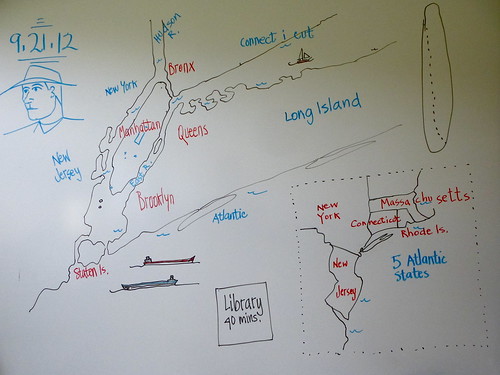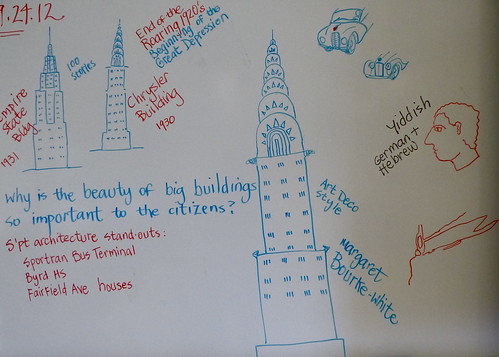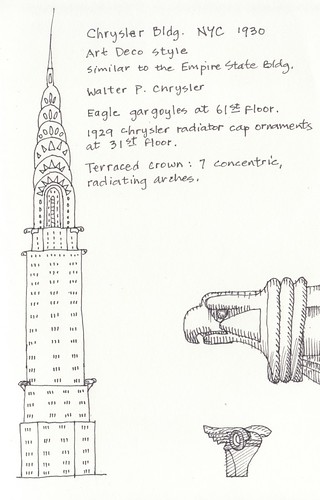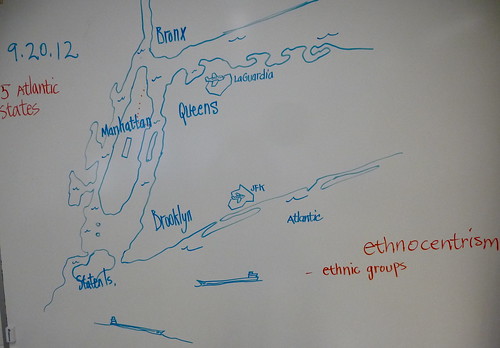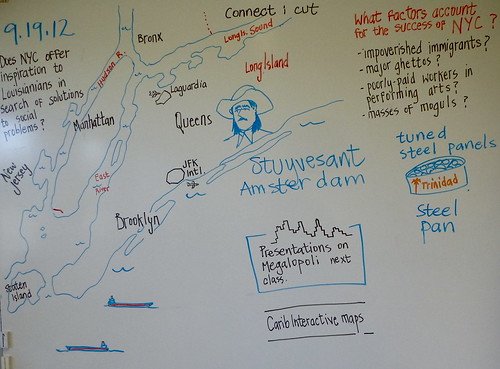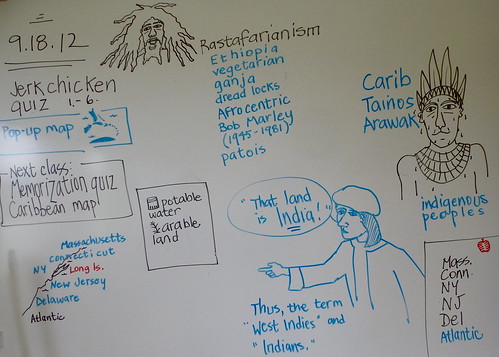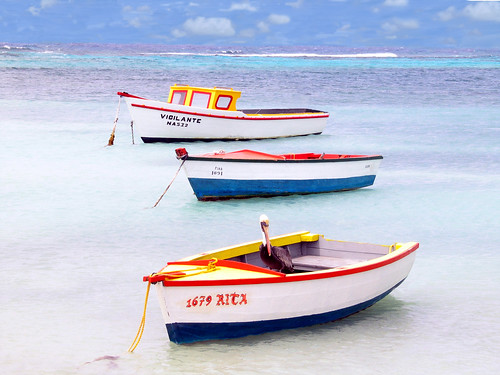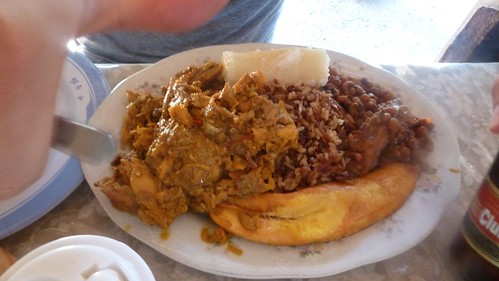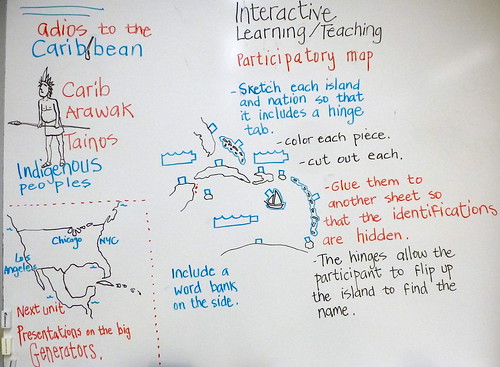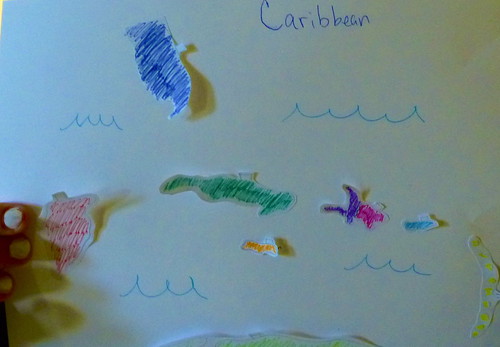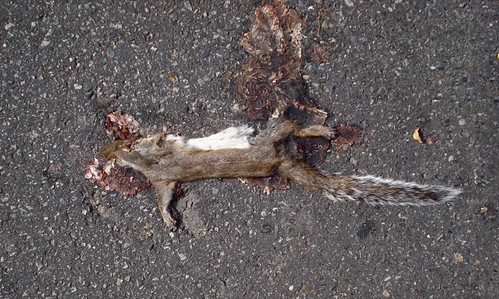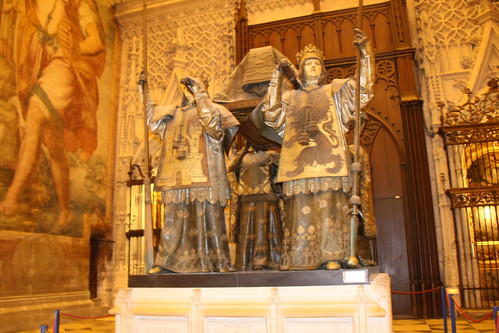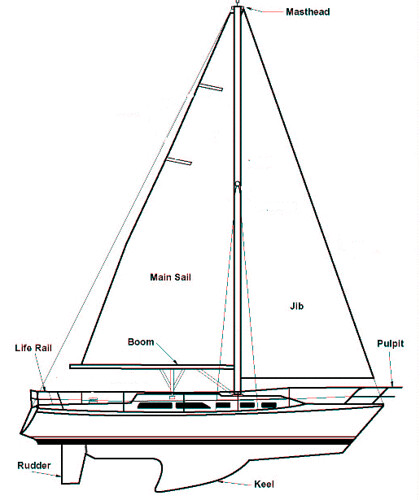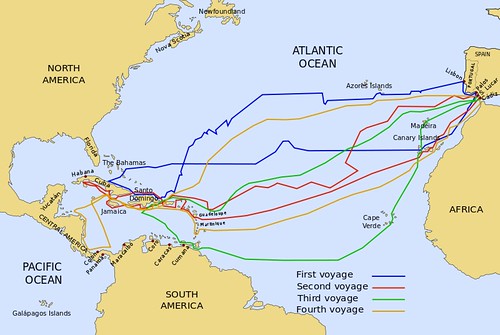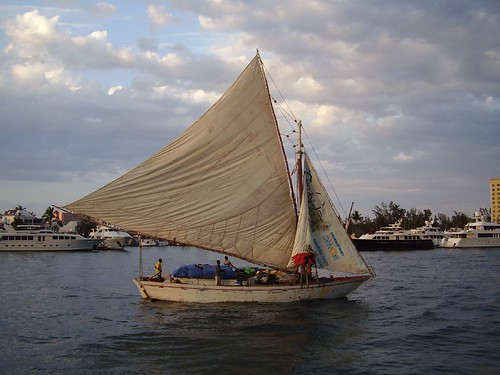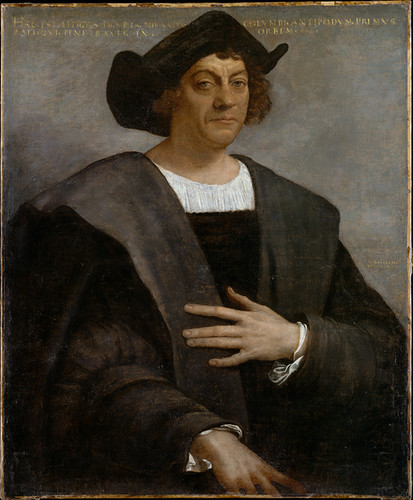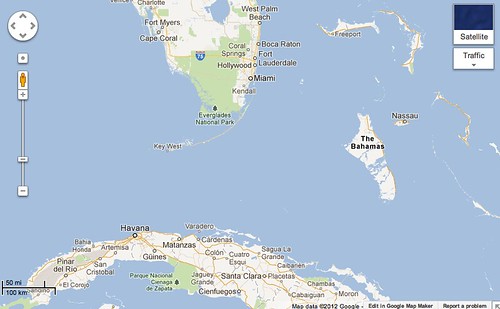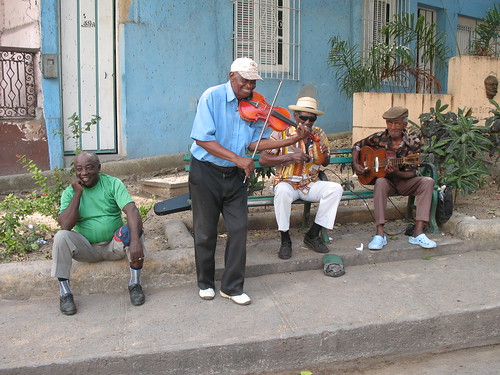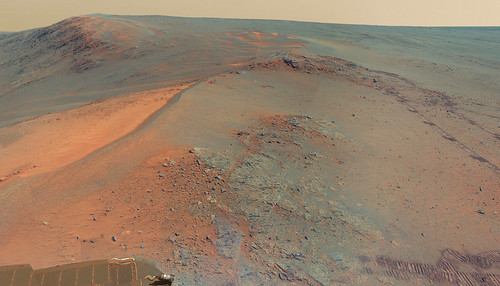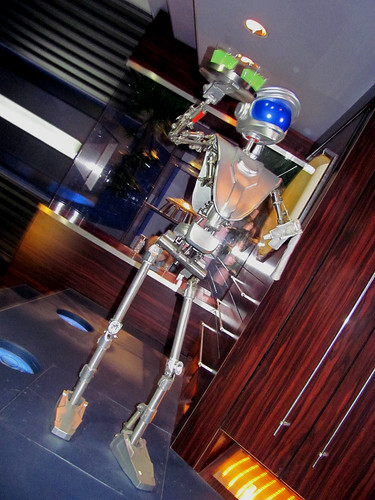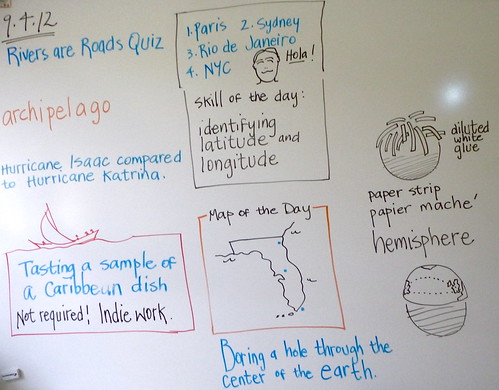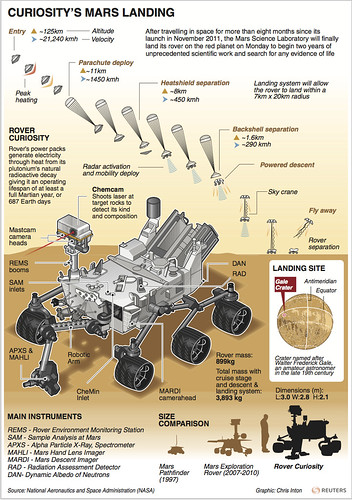Time magazine.com
Sometimes the wildest ideas work best. NASA’s latest Mars lander transformed an engineering team’s high-risk brainstorming into reality on Sunday, safely lowering the 1 ton, $2.5 billion Curiosity rover into Mars’ Gale Crater while reminding us to think twice before laughing off the quirky spaceships in old science-fiction movies.
“This rocked!” a grinning Richard Cook, the mission’s deputy project manager, told an auditorium filled with exuberant colleagues at the Jet Propulsion Laboratory (JPL) in La Cañada Flintridge, Calif. “Seriously, wasn’t that cool?”
It was, in fact, cool, because Curiosity — a car-size mobile laboratory that’s bigger and more advanced than any of its predecessors — finished its 104 million-mile journey with a landing as dramatic as it was improbable. The touchdown required an extraordinary sequence of events designed to slow the incoming spacecraft from a blistering 13,000 m.p.h. to 2 m.p.h. in just seven minutes. Among the new tools in play: a 51-ft.-diameter parachute with eight suspension lines — the biggest ever used in an extraterrestrial landing — and retrorockets designed to slow the craft almost to a hover. Then there was the little matter of the spacecraft’s transforming itself into a sky crane just prior to landing, using nylon cords to lower Curiosity the final 25 ft. to the ground.
As it turned out, the much-hyped “seven minutes of terror” that began when the spacecraft entered the Martian atmosphere instead became seven minutes of breathless cheers — guided entry, parachute deployment, heat-shield separation — passed by uneventfully.
“Standing by for sky crane,” announced flight-dynamics engineer Al Chen, who provided commentary from the mission control room. The awaited terror finally hit; the lab fell silent. Then, after a slight pause, Chen’s smooth voice returned. “Touchdown confirmed!” he shouted at 10:32 p.m. Pacific time.
The scientists and engineers, many of whom spent 10 years working on the mission, burst into cheers and even tears as the tense seven minutes gave way to 15 jubilant minutes.
With the theatrics done, Curiosity is now set to begin a 98-week mission — one Martian year — hunting for signs that Mars offers, or once offered, a home for microbial life.
Engineers intentionally risked landing the rover inside a crater rather than in a safer, wide-open flood plain for good reason: a plain is, well, plain. Instead, NASA has for the first time placed a rover inside a geological treasure trove.
Gale Crater is a hole next to a mountain, and as we’ve all known since the first time we stepped into a puddle, water and water-driven sediment tend to gather in holes. There will surely be no water around today, but the chemical evidence of it — and perhaps even of the biology it may once have supported — should remain. The proximity of Mount Sharp, just 6 miles away, provides an entirely different kind of scientific target: a heap of layered sediment some two-thirds the height of Mount Everest. That could prove to be an open geological book, with millions of years’ worth of Martian strata on display.
NASA plans to send the probe as far as 12 miles from the landing site, grinding up soil samples and analyzing atmospheric conditions as it makes its way up the mountain.
“We’re hoping to find materials that interacted with water,” says John Grotzinger, the mission’s project scientist and a geologist at the California Institute of Technology.
Of course, if someone dropped you onto another planet, you’d have your smart phone snapping photos the second you arrived. That’s exactly what Curiosity did, in the form of the black-and-white thumbnail images it sent to Earth just minutes after landing. But those pictures aren’t souvenirs. They’re hazcam (hazard-avoidance camera) images that scientists will study to spot any potential obstructions that could hamper movement.
They also want to take time to ensure that no technical problems will prevent Curiosity from extending a vertical “lookout mast” that is loaded with additional cameras and will reach a height of about 7 ft. above the surface.
For Mars aficionados, the first of those milestones are the color pictures, which should arrive on Earth a day after landing. Shot from the rover’s Descent Imager, the photos were taken as the rover approached the surface of Gale Crater and will show the first-ever view aboard a spacecraft landing on Mars. They will also help scientists pinpoint the lander’s location.
Curiosity’s main eyeballs will open up once the mast is extended, which could happen as early as three days after landing. That’s when four navigation cameras (navcams) will begin taking 1-megapixel stereo pictures in a 360-degree circle around the rover. The navcams are designed to look in all directions — including up and down — and have a enough resolution to spot the equivalent of a golf ball 27 yards away. Navcam images will not only give a 3-D view but also help scientists and engineers decide where they want to drive the rover and what surface features to study.
Thankfully, Curiosity is much more than a mechanical paparazzo. The instrument suite is 10 times as massive as any previous rover’s, led by a robotic arm that is part spectrometer, part rock imager, part chemistry lab. Curiosity’s deck harbors an interplanetary CSI lab capable of separating gases or heating powdered samples to identify organic compounds.
And atop the mast, in addition to the bristle of cameras, is an instrument that can fire a million-watt laser beam at rocks up to 23 ft. away, vaporizing them enough for an onboard spectrometer to analyze light from the pinhead-size sparks the rocks will give off, revealing their chemical composition.
Shooting X-rays at nearby rock samples, another task on the agenda, will excite electrons into fingerprint-like signals that identify minerals. “With X-ray diffraction, we can really nail down what kind of clay mineral is there and how those rocks have formed,” says Crisp. Finally — and most tantalizingly — Curiosity will sniff the Martian sky for atmospheric methane, a telltale hint of current organic life.
Engineers say the rover should have an easier time maintaining power than its predecessors, which suffered from dust accumulating atop their solar panels. Curiosity relies on a shoebox-size nuclear generator that turns heat generated by decaying plutonium into electrical power for the onboard batteries.
